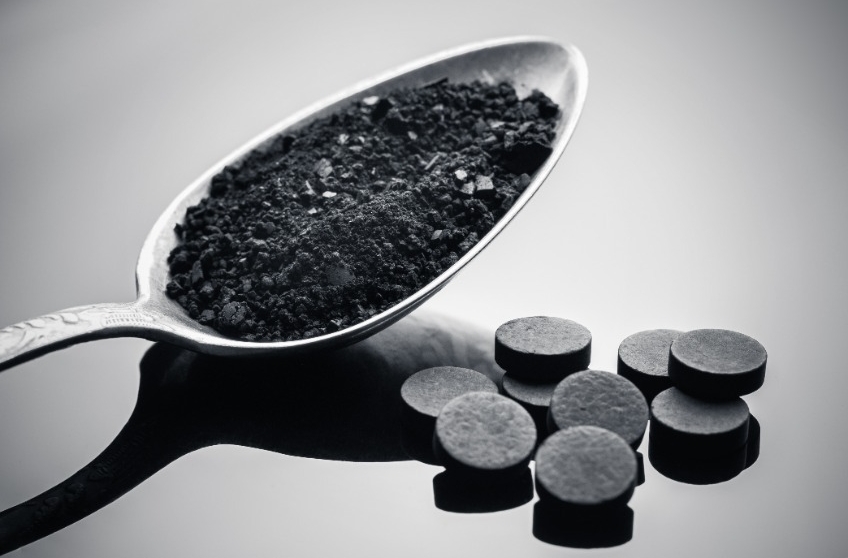Your web browser is out of date. Update your browser for more security, speed and the best experience on this site.
Determining captured volatile organic compounds in activated carbon
Which volatile organic compounds are captured by my activated carbon filter?

Introduction
passed over it. The project was carried out with the aim of analysing the captured volatile organic compounds (VOC) in the activated carbon.
To extract the VOC, the regeneration procedure is mimicked in a lab. A regeneration procedure involves "washing" the saturated carbon with hot air to remove all VOC. In the lab, VOC are extracted from the carbon through dynamic headspace sample preparation for subsequent semi-quantitative analysis.

Sample preparation through dynamic headspace
To release the VOC from the activated carbon, the carbon must be heated at a high temperature. The carbon was heated in a sealed container at high temperature. During heating, the VOC are released and are in the gaseous phase.
A pure nitrogen stream was then passed over the carbon, and collected in an air pocket. The gaseous sample was then passed over a suitable adsorbent to analyse the sample for released VOC via the TD-GC-MS.

Condensation formation
While performing sample preparation, a yellow, milk-coloured condensation was also observed in the air bag. As the sample cools, there is a loss of energy and the gas components begin to move more slowly, and can create a liquid phase known as condensation. Depending on the boiling point of a component, it will be in a liquid or gaseous phase at room temperature.
This means that without analysing the condensate, certain VOC would not be picked up. The condensate was collected and injected directly into a canister. This metal sphere, after injecting the condensate, was pressurised causing the VOC to return into gas phase due to the pressure present. The sample was then analysed directly through the TD-GC-MS to obtain a complete picture of the VOC released.

These are the VOC captured
Different VOC can be expected, depending on which airflow was passed through the activated carbon. In the extracted air sample, various hydrocarbons, organosulphur compounds and VVOC were found in high concentrations.
In contrast to the air sample, a high concentration of organic acids, alcohols, acetone and 2,3-butadione was observed in the condensate. By analysing both the air sample and the condensate, a complete picture could be given to the customer of all the components present in the activated carbon.
Conclusion
The VOC captured in the activated carbon could be released and analysed through dynamic headspace sample preparation. In addition to analysing the condensed VOC in gas phase, it is also advantageous to analyse the condensate formed with it.
Other components that may be important concerning odour and health, for instance, may be in the condensate and overlooked. Therefore, to gain a complete picture of all VOC present, it is important to analyse both the gas sample and the condensate.
How can we help?
Do you have questions about VOC analysis? We can be reached via the channels below or leave a message on our contact page.